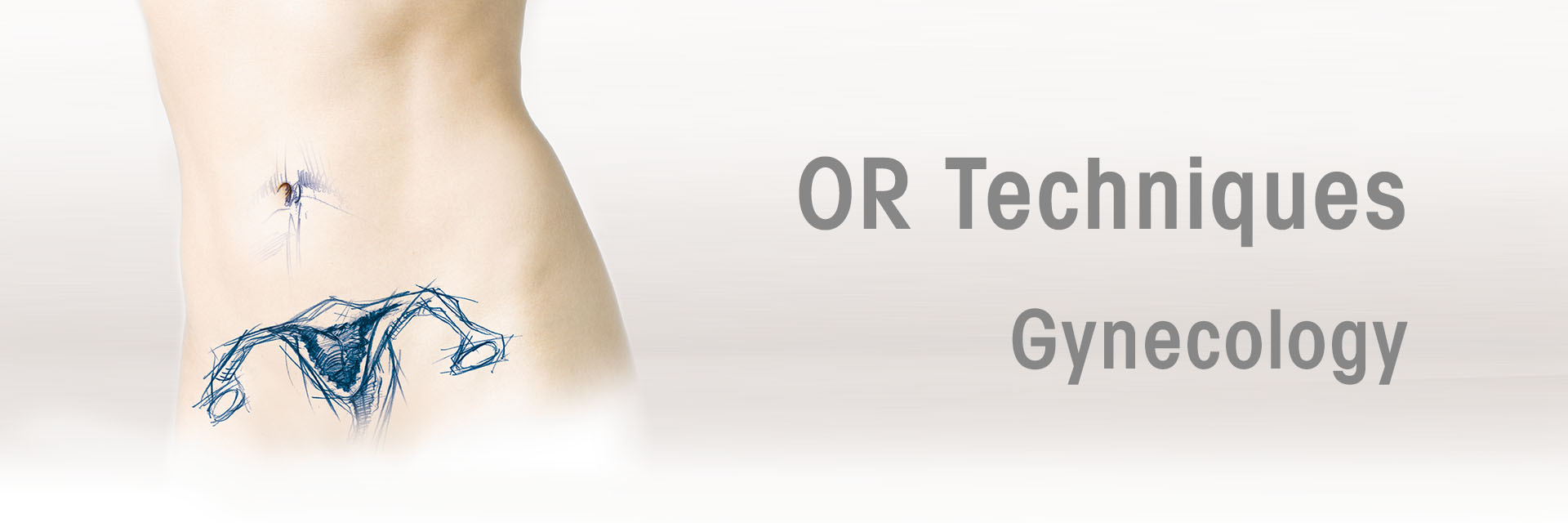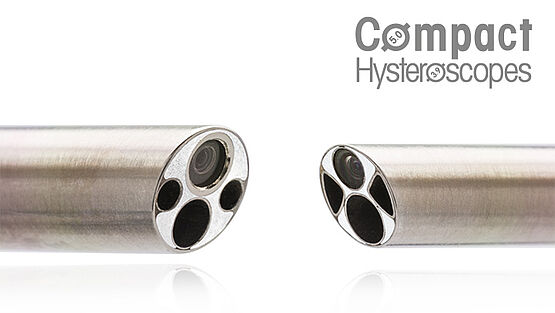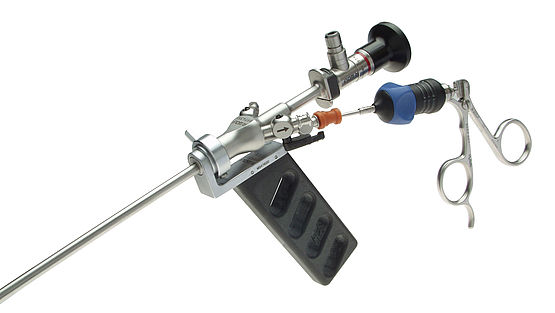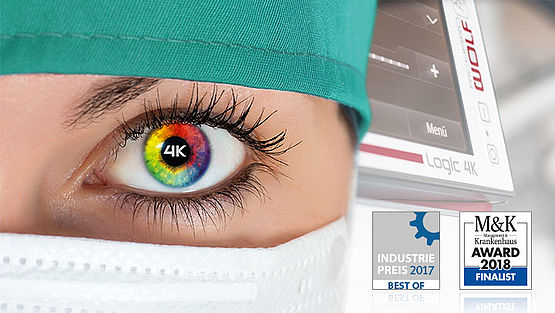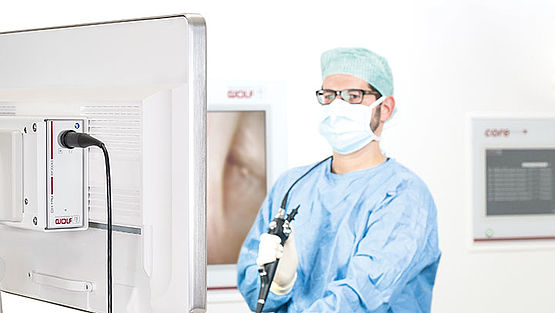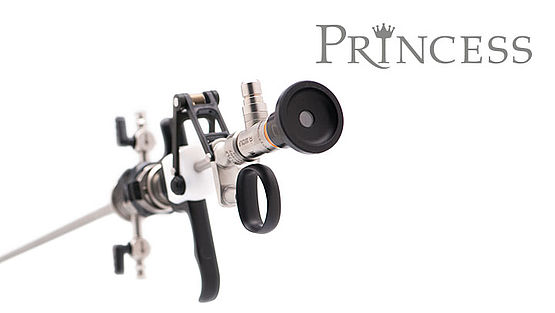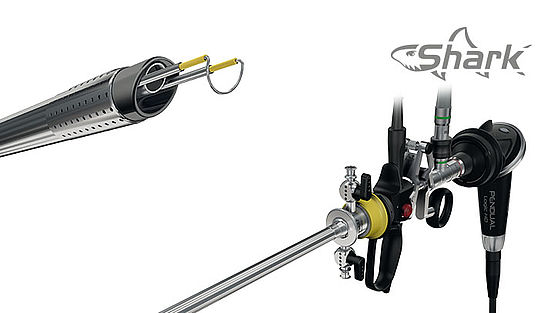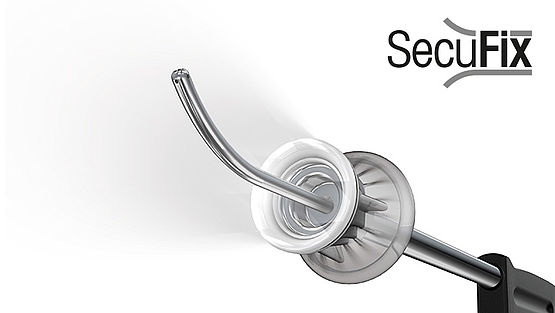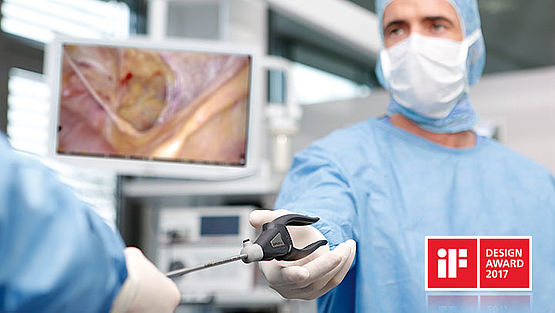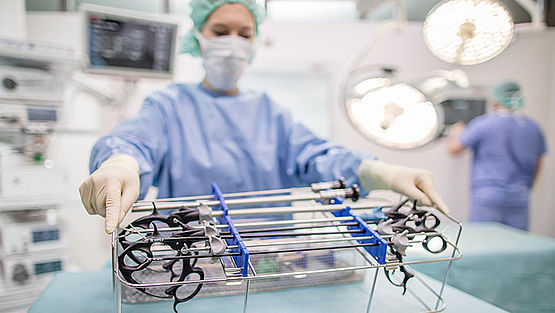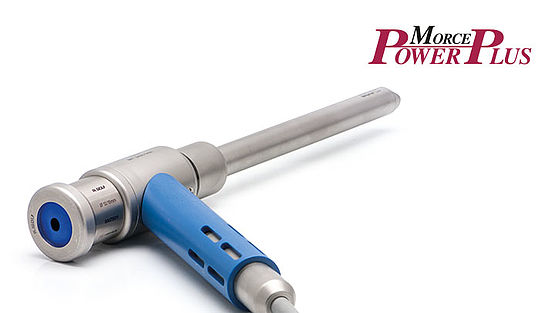Surgical techniques in gynecology
In hysteroscopy, diagnostic hysteroscopy can be used to show intrauterine pathologies and conditions such as polyps, myomas or hypermenorrhoea and can be treated by surgical hysteroscopy.
Within the broad range of gynecological laparoscopy interventions, diagnostic and operative procedures on the uterus, ovaries and fallopian tubes can be treated by minimally invasive operations.
Richard Wolf have worked closely with leading gynecologists to develop advanced instrument sets and system solutions for hysteroscopy and laparoscopy in specific applications. A top priority here has been to make a contribution to the further reduction of potential risks.
The benefits of these minimally invasive operations include significantly less pain and much less trauma for patients. They are associated with a reduction in post-operative complaints so that many interventions today can be performed in an out-patient setting or during a brief hospital stay.
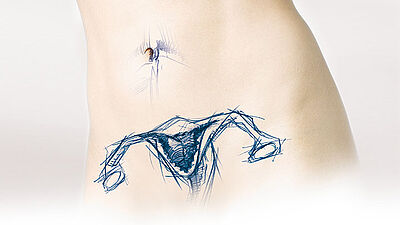
One of the most important procedures in gynecology is diagnostic hysteroscopy. This is a crucial procedure where disorders of the uterus are suspected and also for fertility and sterility patients. Diagnostic hysteroscopy is used for intra-cavity examinations of the uterus. It can record findings and evaluate intra-uterine pathologies, such as
- breakthrough bleeding after the menopause,
- menorrhagia or metrorrhagia,
- suspected endometritis, polyps, submucous myomas, endometrium or cervical cancer.
Diagnostic hysteroscopy is also suitable for examining fertility and sterility patients, including those who suffer infertility, premature or late births or repeated miscarriages, and for exploring possible abnormalities of the uterus.
A diagnostic hysteroscopy can be performed either in hospital or as an out-patient basis (referred to as 'office hysteroscopy), depending on the case concerned. A hysteroscope is inserted transcervically into the uterus. The use of an endoscopy system (consisting of: camera, light source, monitor) and distension media such as gas (CO2) or liquid (Dextran 70 or 5% Mannitol, 3% Sorbitol and 1.5% glycine, or 0.9% isotonic saline solution (NaCl) for expanding the uterus, permit a clear intra-cavity view of the organ.
There are two ways of performing a hysteroscopy, with either a flexible or a rigid hysteroscope. Rigid hysteroscopy is the most common method, since it offers a broad range of diameters and can be used for both out-patient and in-patient procedures. Flexible hysteroscopy is more suited to 'office hysteroscopy'. Technical advancements in hysteroscopy have helped diagnostic hysteroscopy become an effective and standardized gynecology procedure.
Products for this technique

Surgical hysteroscopy is now an established standard procedure. Surgical hysteroscopy poses significant challenges for surgeons who need to have expert knowledge of the method because specific complications may occur.
Minimally invasive methods with low rates of complication expand the spectrum of surgical gynecology for some indications.
Indications::
- Myoma resection
- Polyp resection
- Septum resection
- Endometrium resection and ablation
- Asherman syndrome
The instrument sets along with system solutions designed by Richard Wolf are perfectly tailored to the latest diagnostic and therapeutic procedures in hysteroscopy. The miniaturization of instruments was an important milestone.
Products for this technique

Gynecological laparoscopy is a sub-area of surgical gynecology. The development of patient-friendly, minimally invasive hysterectomy procedures and the associated beneficial surgical outcomes combined with significantly shorter periods of rehabilitation. This has led to interventions like hysterectomies being performed laparoscopically in many cases.
Operations performed in gynecological laparoscopy:
- Hysterectomy
TLH (Total Laparoscopic Hysterectomy)
LASH (Laparoscopic Supracervical Hysterectomy)
LAVH (Laparoscopic Assisted Vaginal Hysterectomy) - Myomectomy
- Ovarectomy
- Salpingectomy
- Urogynecology
- Fertility surgery
- Ectopic pregnancies
- Endometriosis
- Oncology
Alongside a comprehensive product portfolio in gynecological laparoscopy, Richard Wolf supplies innovative system solutions individually tailored to the surgical techniques of today.
If you want to see the surgical video, register or log in.
Register now Log in now
Products for the technique


